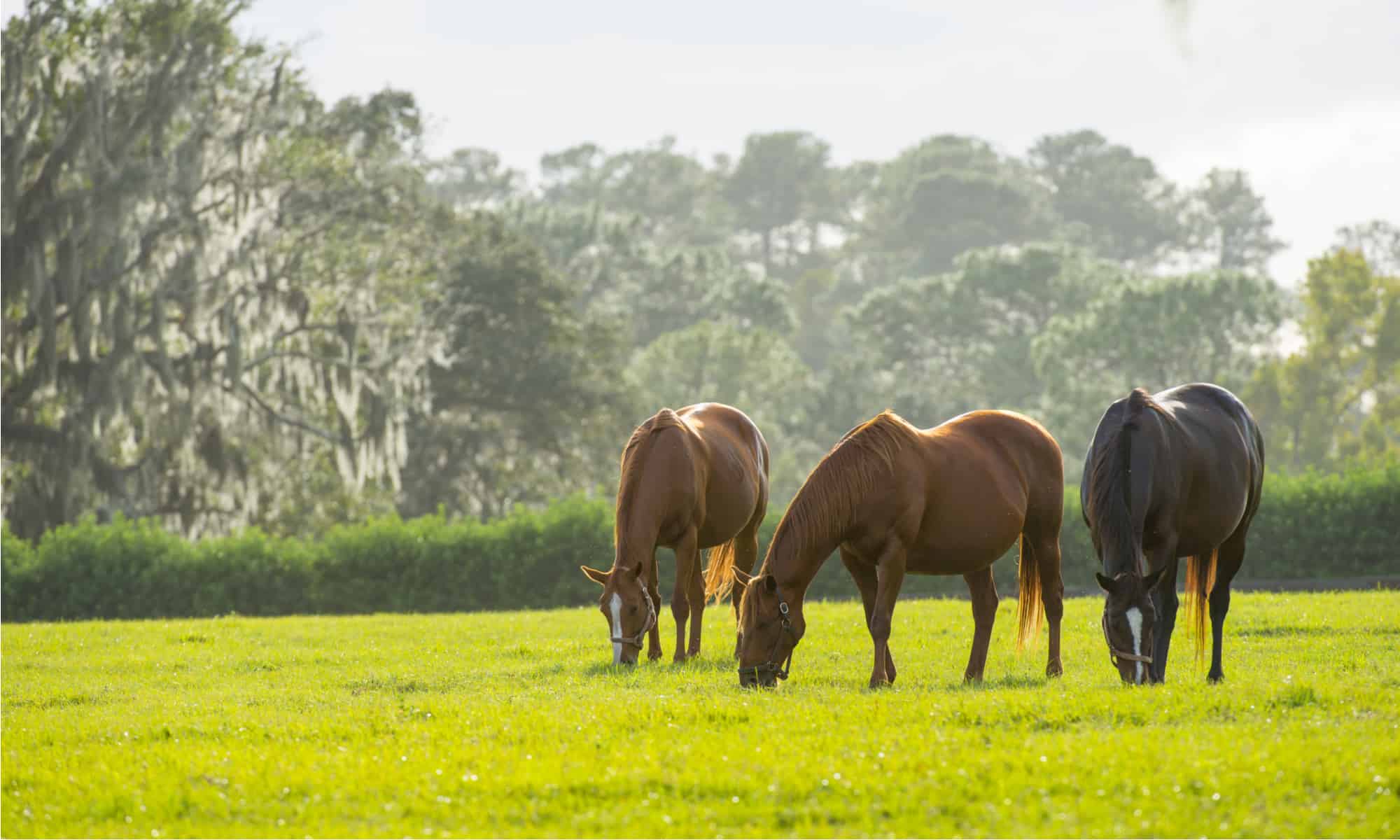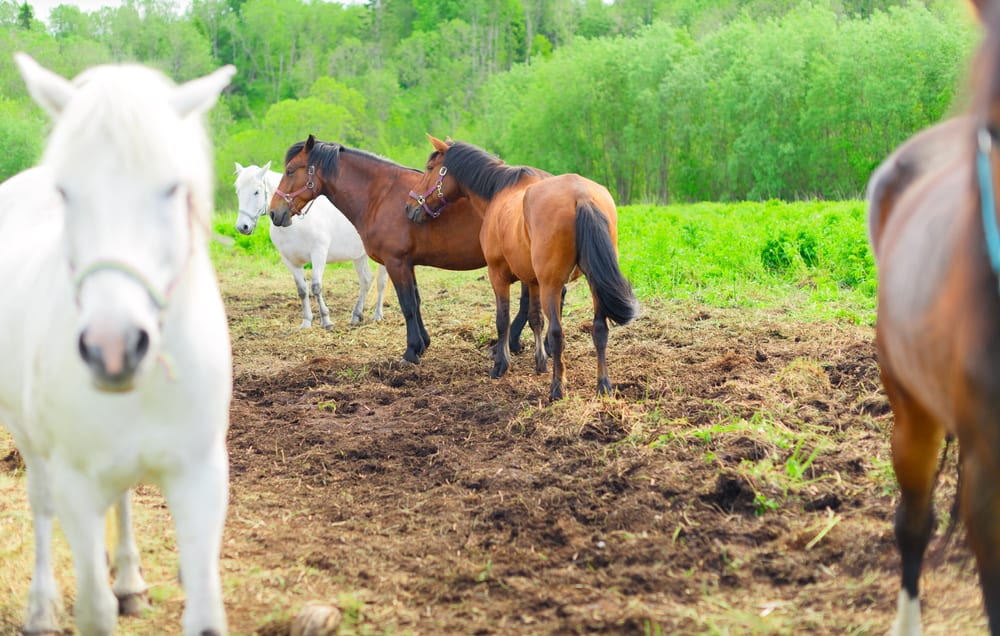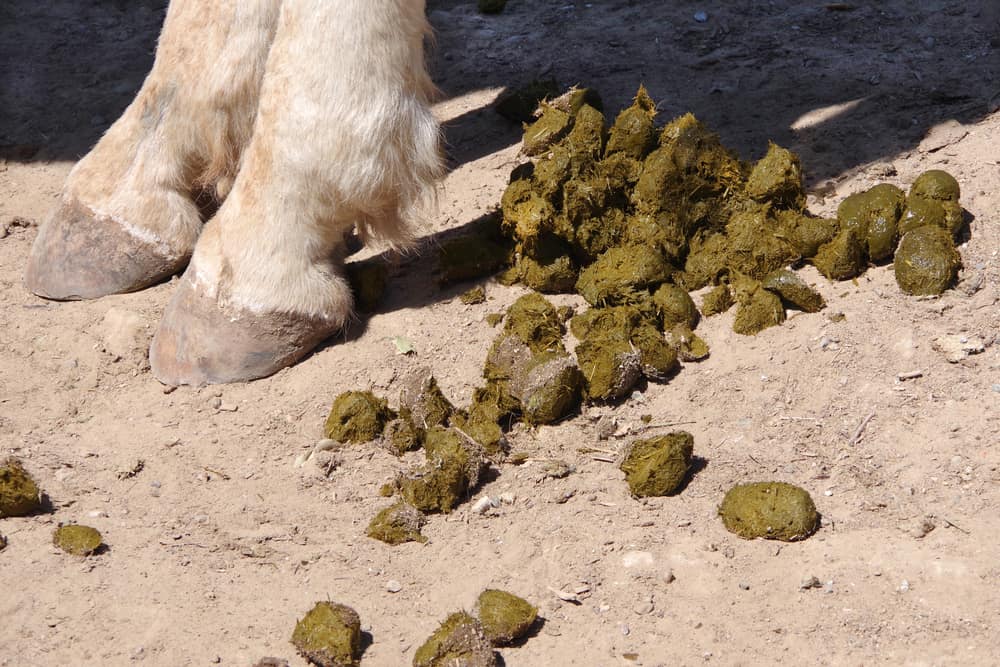So you’re planning on keeping a horse but aren’t sure if you’ve got enough land for it? This is something that’s often difficult to figure out especially because there are many factors to consider.
Things like the number of horses and how they’ll feed, for instance, will play a huge role in determining the size of land you’ll require.
Obviously, you don’t need a 10-acre plot if you’re keeping only one horse that’ll be feeding off hay every day, but for best results, you need to know – exactly how many acres do you need for a horse? Let’s find out.
The Bitter Truth About Keeping Horses
Whether you will be feeding your horse hay or letting them forage in the pasture, one thing you should keep in mind is that the average horse on its own can eat through up to 30 acres of pasture every year or an equivalent amount in hay. So, no matter the size of your land, you should be able to meet the feeding needs of your equine.
Sure, raising a horse on your own property can be fun, rewarding, and may offer incredible business opportunities; but you need to plan carefully, have some equestrian experience, and do plenty of research.
How Much Land Do You Need to Keep a Horse?
Unfortunately, there isn’t a specific answer on the standard amount of land you should have to raise a horse, because as we mentioned, there are many factors that come into play, (which we will discuss in the next section).
However, experts recommend at least 2 acres for the initial horse and one extra acre every time you add a horse. With such an amount of land, you will be able to implement different pasture management plans without running the risk of overgrazing. Of course, more land will be better, but 2 acres will work just fine for most horses.
If your horse will be feeding solely on pasture, you will need larger acreage. As a rule of thumb, the vegetative cover should not be less than 70% of the total land or the bare ground should not be any greater than 30%. Also, the vegetation should be around 8 to 10 inches tall, without weeds and not chewed to the ground.
When it comes to the non-grazing area, experts recommend 400 sq. ft per horse, but a larger space is always more appropriate. Horses do not necessarily need room to run; only a reasonable space for them to freely move around for a few hours daily.
Factors to Consider When Determining How Much Acreage Your Horse Needs
When you decide to raise horses, there are a couple of things you should put into consideration to make sure the animals live comfortably. Below are the three most important:
1. Pasture Management
Will your horses be spending most of their time in a barn or out in the pasture? If they will be living outside, expect the pastures to wear quickly and consider buying more acreage.
Smaller lands will require more extensive care and management. For instance, you will need to shuffle the animals around, lock them in the stable when the fields get wet, and seed the pastures frequently.
Speaking of seeding, late winter and early spring are the best times to seed fields. But if the land is too small, it can take a long time for grass to grow and become established especially if you are constantly letting the horses out into the fields.
That’s why it would be a great idea to invest in larger acreage. That way, when you seed one section of the field, you can always have an extra section where your horses can forage for food.
2. Quality of Land
Another important aspect to think about is how much food the land can raise for your equines. If you live in a dry area that constantly experiences draught, the quality of the land may not be high enough to support the vegetation needed to feed your horses.
In that case, you will want to go for a bigger acreage so the animals can have an extensive ground to look for food. And as we mentioned, accounting for a bigger land prevents overgrazing, and this can help keep the quality of the land from deteriorating even further.
3. Number of Horses
Do you plan on keeping only one horse or an entire herd? How you answer this question can help you figure out how much land you need.
As stated earlier, your first horse should have at least 2 acres and you should add an extra acre every time you bring a new horse to the land. So technically, if you are going to raise, say 4 horses, you should be targeting somewhere between 5 and 8 acres of land.
But people with horses almost always end up getting more horses, so if you have the resources, buy more acreage. Not only will it get the animals living more comfortably; it will also ensure you have enough space whenever you decide to expand your herd.
The Problem With Keeping Horses On Small Acreage
While experts recommend keeping horses on a larger piece of land, horses can still thrive on limited acreage, but there are some challenges that come with this approach such as:
Overgrazing
Overgrazing is perhaps the biggest problem encountered with raising equines on a small land, usually resulting from overstocking. Obviously, if you are raising 10 horses on a 2-acre land, the animals will eat the grass too short that it will eventually die out.
The result will not only be ugly pastures; there will be plenty of soil erosion too. Rainwater will run over the hard, compacted soils, sweeping out manure, sediments, and nutrients, and this will lower the quality of the soil, making it difficult for nutritious grasses to grow.
Mud
It’s easy for us to blame mud paddles on the weather, but the truth is, it’s not so much about the amount of rain that falls, but about where the rainwater goes after it has hit the ground.
When you have a small plot, it can be difficult to build an effective drainage system, and this may result in rainwater pooling all over the place. And when it collects around feeders, water troughs, gates, and other high traffic areas, these spots will quickly form muddy mires.
Mud can be a nuisance in horse farms. Not only does it cause bacterial infections that can be bad for an equine’s feet but is also slippery, which increases the risk of falling.
Piles of Manure
The average horse produces between 40 and 45 pounds of manure every day. If you are keeping your horse on limited acreage, you will typically not have enough space to accommodate the ever-rising mountain of manure.
And a large manure pile will not be just unsightly; if it is not composted, it may become a breeding ground for strongyles, roundworms, and other parasites.
Also, when the weather gets hot, the manure will attract all sorts of pests and flies, and when it rains, it will release contaminants that will leach into the nearby ground and surface waters. With a larger piece of land, you will have sufficient space to effectively set up and maintain your compost pile.
Hay Storage
If you are like most horse owners, you will want to purchase hay in bulk to serve you the entire season or year. One advantage of doing this is that you get to buy at a better price and you maintain a consistent horse diet.
Sudden or major changes to a horse diet can cause digestive system problems that can put the animal at risk of colic and other digestive tract-related conditions. It can also cause laminitis.
When working with a small farm, places for hay storage can be limited, and you will find yourself spending more money buying hay in smaller quantities and treating horse diseases. All this can be prevented by investing in larger acreage.
How Do You Know You Are Keeping Too Many Horses?
Well, there can be numerous answers to this question. For starters, let’s look at it from an economic angle. If you are constantly finding yourself struggling to buy food for all the horses, then they are probably too many and you should consider selling some.
Another indicator is overgrazed pastures or overstretching of the available resources. In a case like this, you may choose selling some of the animals or getting additional land.
The Takeaway
When it comes to keeping horses, every person will have their plan about the number of horses they want to raise and how they want them to feed. For best results, aim for a bigger piece of land. This will provide sufficient space not only for the horses to graze but also for you to set up proper amenities to keep them comfortable.










